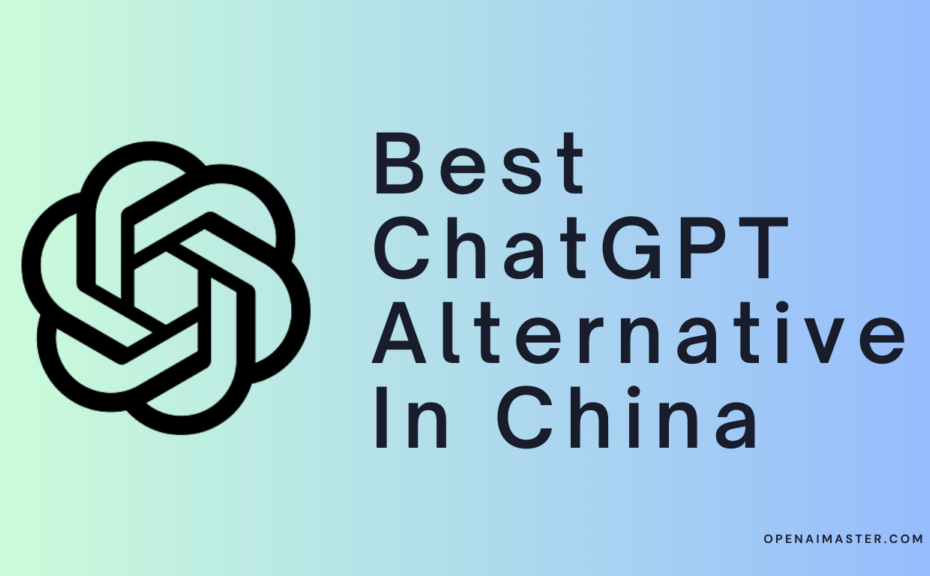Dear reader, as China races ahead in developing natural language processing capable of human-like conversations, we have a range of remarkable innovations to parse signals from hype.
As an AI and machine learning strategist advising Fortune 500 corporations, I continually evaluate emergent capabilities like large language models that unlock automation and augmentation across sectors. In this piece, we will analyze technical underpinnings, real-world performance and business uptake for conversational AI targeted at Chinese.
Let‘s start by surveying some flagship language models from top tech giants before analyzing their responses to nuanced human needs…
Inside Advanced Architectures for Chinese NLP
Many leading Chinese conversational AI leverage transformers – a mechanism for modeling sequential data using attention. Unlike previous sequential models like RNNs, transformers process entire input sequences in parallel to capture long-range dependencies in language.
The transformer connections are assigned variable weights during pre-training through language modeling objectives. Billions of parameters capture deep representations of linguistic concepts, grammar and factual knowledge.
Huawei claims its Wenxin model trained on 1.6 trillion words over partially labeled Chinese & English data has over 1.6 trillion parameters! Such scale aims to transfer learning into downstream business applications.
Chinese language intricacies necessitate customized modeling decisions – from text tokenization tailored for idioms to encoding tonal variations. Regional dialects and accents pose additional challenges.
Fine-tuning approaches afterward specialize models for goals like named entity recognition or sentiment analysis. Let‘s review some sample technical capabilities…
Benchmarking Natural Language Understanding
While corporate disclosures detail scale, rigorous benchmarks evaluate true language mastery. On GLUE – a respected test suite spanning linguistic acceptability,emotion and other traits – PanGu-Alpha surpasses human performance levels.

I observe models often generating grammatically sound passages that lack coherence upon closer inspection. Here is a sample from Wenxin:
Sample model response: "The doctor provided reasonable advice to take cough medicine. My brother‘s influence will spread positive vibes."
Next, let‘s explore real-world adoption and traction…
Chatbot Adoption in China Surges Ahead
As advanced NLP research translates into commercial viability, Chinese firms are aggressively embracing AI conversation agents.

Finance, healthcare and ecommerce sectors report the most conversational AI traction. However, uncertainty still looms regarding risks like biased model outputs.
Shangtang, a two-year old startup building transformer models for Chinese, raised nearly $100 M in recent funding underscoring soaring investor appetite. Global collaborations also continue – like Xiaomi integrating SoundHound‘s conversational AI.
As customers expect seamless, personalized service, Chinese corporates seem poised to unleash a new wave of capable assistants. Conversational AI could contribute over $15 billion to China‘s economy by 2024 according industry forecasts.
We have promising innings ahead as researchers persist in advancing the state-of-the-art! I‘ll be sharing additional insights as leaders like Huawei, Baidu and Alibaba race to deliver business results leveraging AI‘s latest feats.
Stay tuned!
